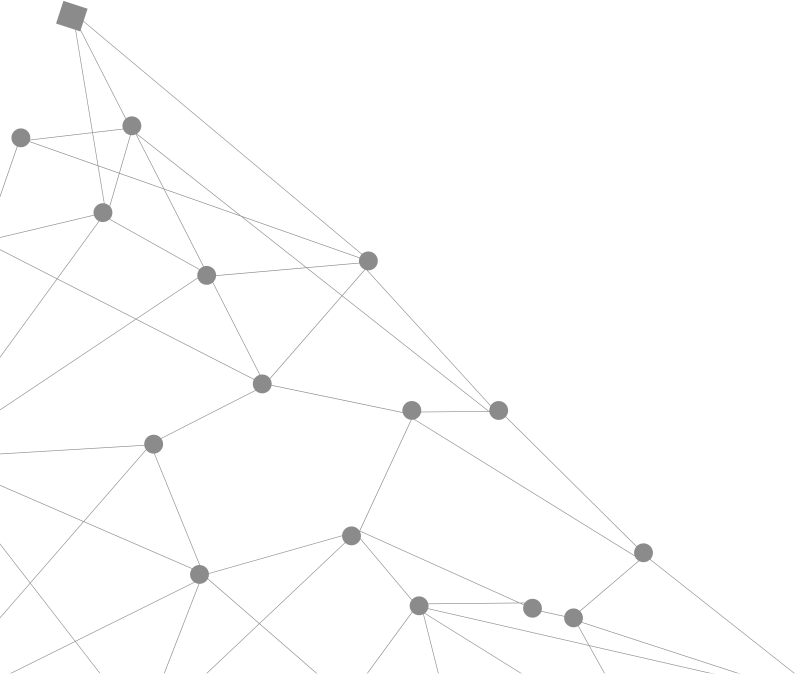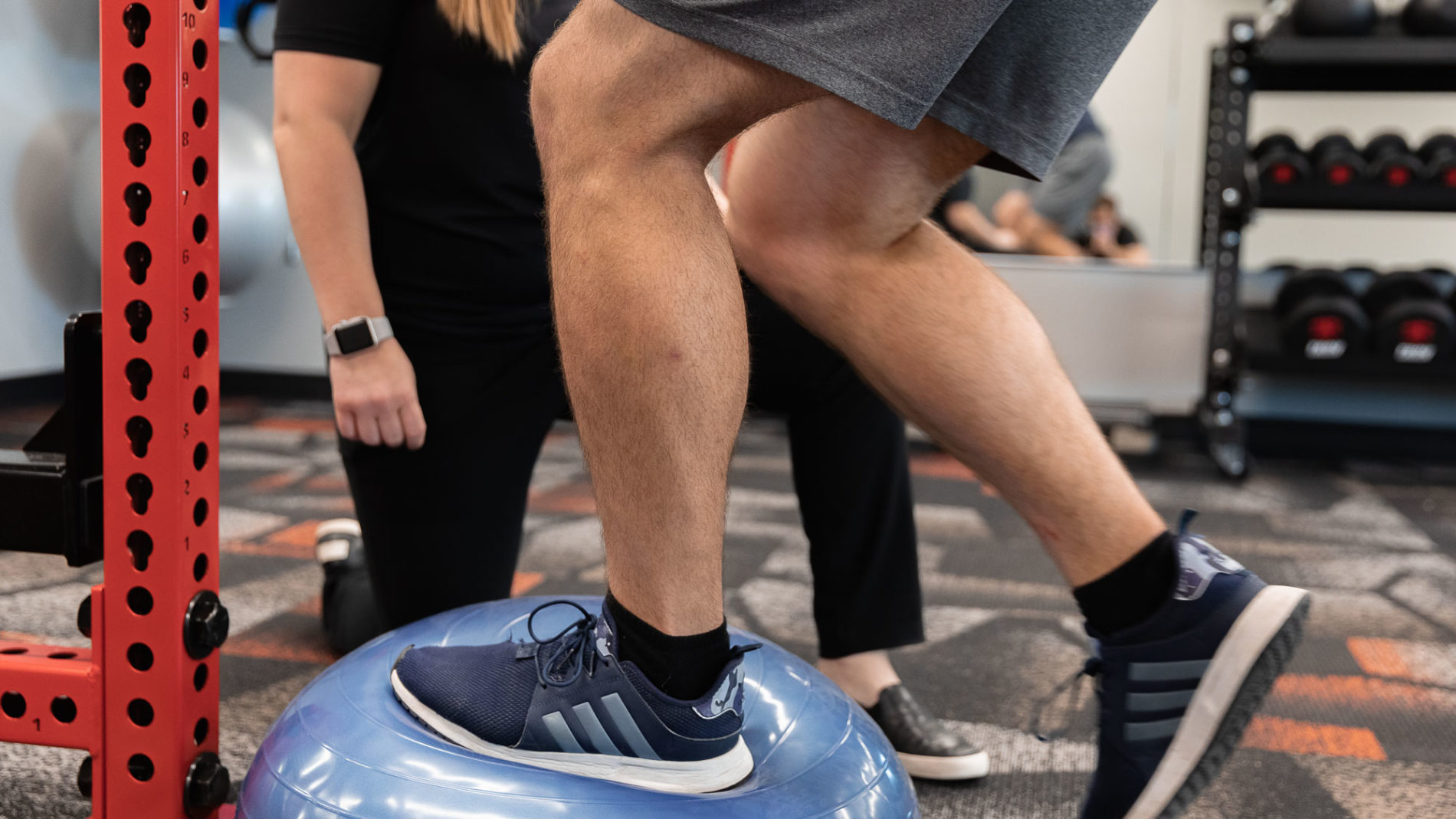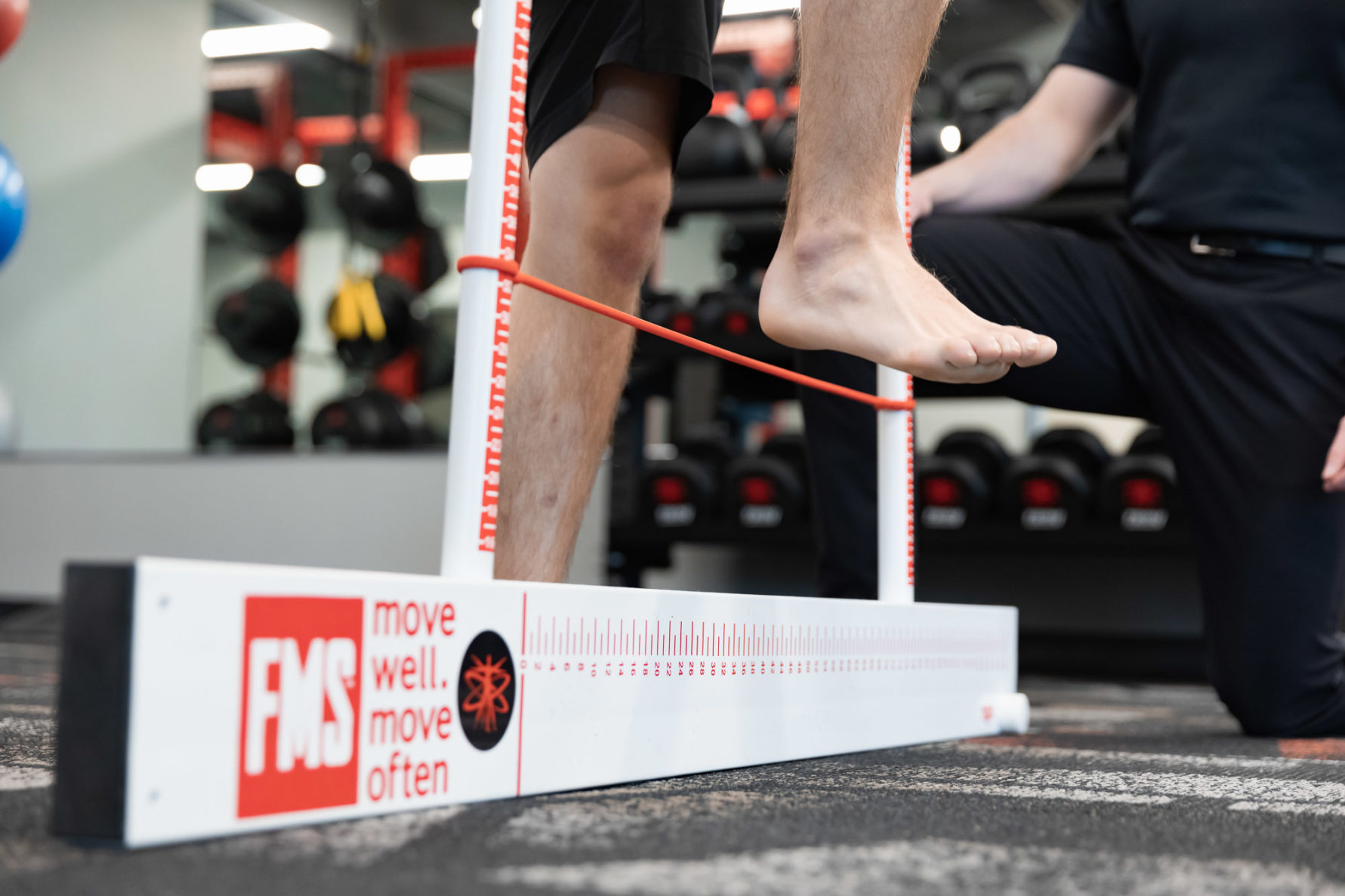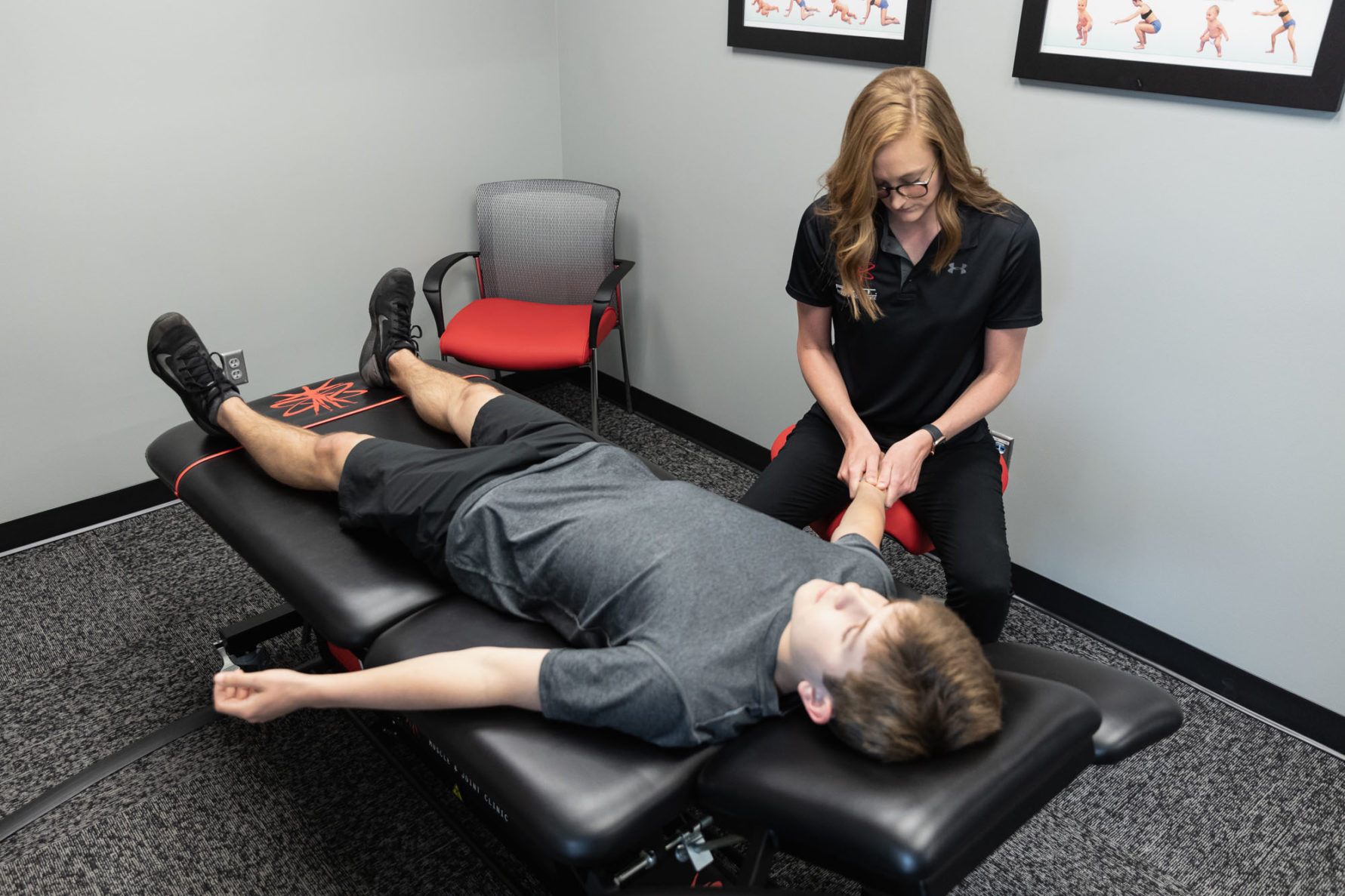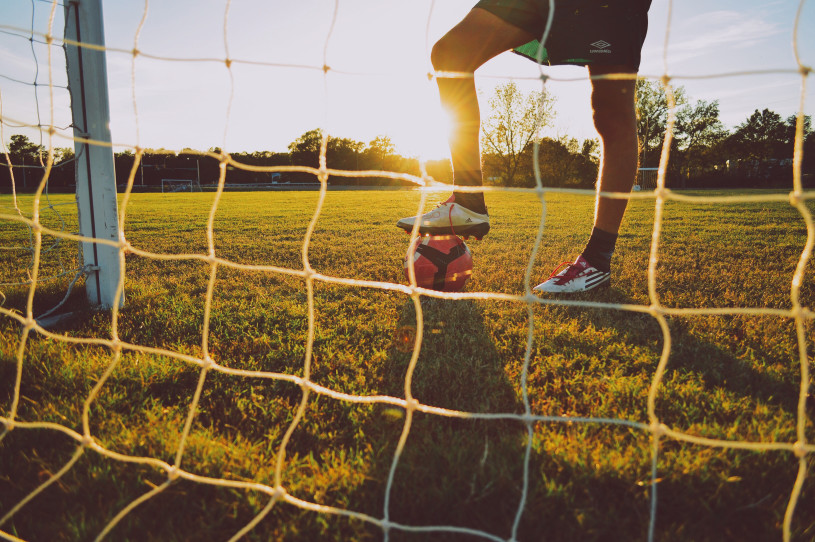
For athletes, suffering from concussions in sports often results in time away from the field. Fortunately, there are steps to get back to play as soon as possible.
The concussion physical therapists at F.I.T. are always looking for the best information and research on how to best treat our patients. Here are some highlights from the article, “‘Put Me Back In, Coach!’ Concussion and Return to Play.”
In 2012, the International Conference of Concussion in Sport determined concussion as “A brain injury defined by a complex pathophysiological process affecting the brain, induced by traumatic biomechanical forces resulting in neurologic impairment reflected by functional disturbances.” Resolution of concussions follows a sequential course, though duration is largely dependent on severity.
The goal of treatment for concussion is important to limit long-term deleterious effects that can result from single or multiple injuries to the brain.
The current recommendation is a graduated return to play protocol which is posted below. The graduated RTP follows a stepwise approach.
The typical consensus is that each step takes at least 24 hours and if no symptom exacerbation occurs, the player may move on to the next step the following day. At any time if post-concussive symptoms arise, the patient needs to drop back to the level at which the symptoms subside.
From there, the player may proceed from that level after 24 hours of rest. While this protocol serves as guideline, clinical judgement of a patient’s status and situation should be considered and return to their play schedule, modified as necessary.
Graduated Return to Play Protocol:
Rehabilitation stage No 1: no activity, symptom limited physical and cognitive rest with the objective of recovery.
Rehabilitation stage No. 2: Light Aerobic exercise: walking, swimming, or stationary cycling keeping intensity to <70% maximum permitted heart rate, and no resistance training with the goal to increase HR.
Rehabilitation stage No. 3: Sport-specific exercises: skating drills in ice hockey, running drills in soccer, no head impact activities with the goal of adding movement.
Rehabilitation stage No. 4: Non-Contact training drills: progression to more complex training drills such as passing drills in football and ice hockey. May start progressive resistance training at this point. The goal of this stage is to increase exercise, coordination and cognitive load.
Rehabilitation Stage No. 5: Full contact practice: Following medical clearance, the athlete may participate in normal training exercise. The goal of this stage is to restore confidence and assess functional skills by coaching staff.
Rehabilitation Stage No. 6: Return to normal game play.
Learn more about concussions in sports from F.I.T. Muscle & Joint Clinic
Whether you think you may have a concussion or you’re taking proactive measures, we’re always willing to help you learn more. We specialize in concussion management, including collaborating with doctors to help you reach your goals.
Virtual Consultation Schedule an Appointment
| Wolf C, Fast K. "Put Me Back In, Coach!" Concussion and Return to Play. Mo Med. 2017;114(1):36–39. |
